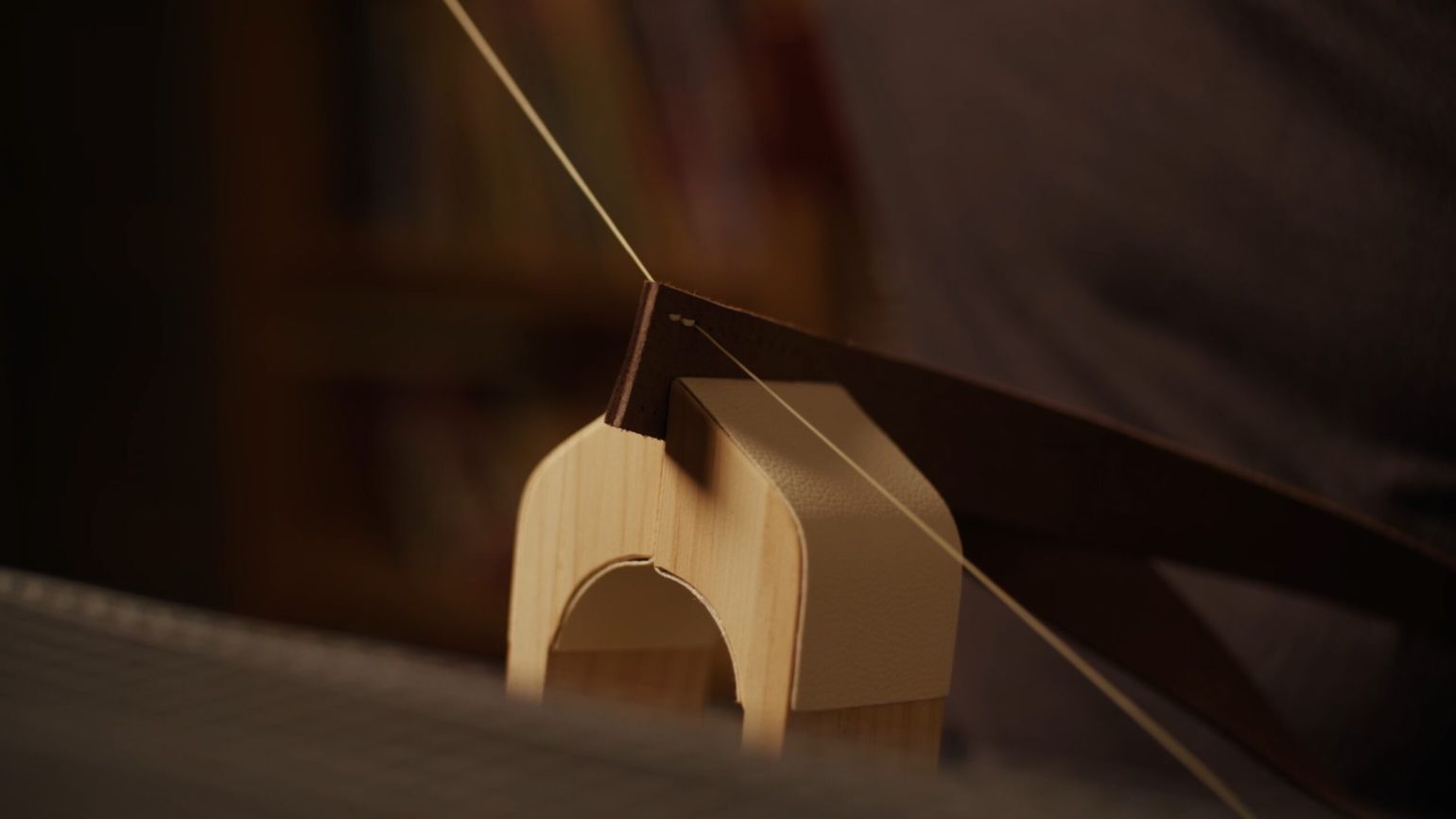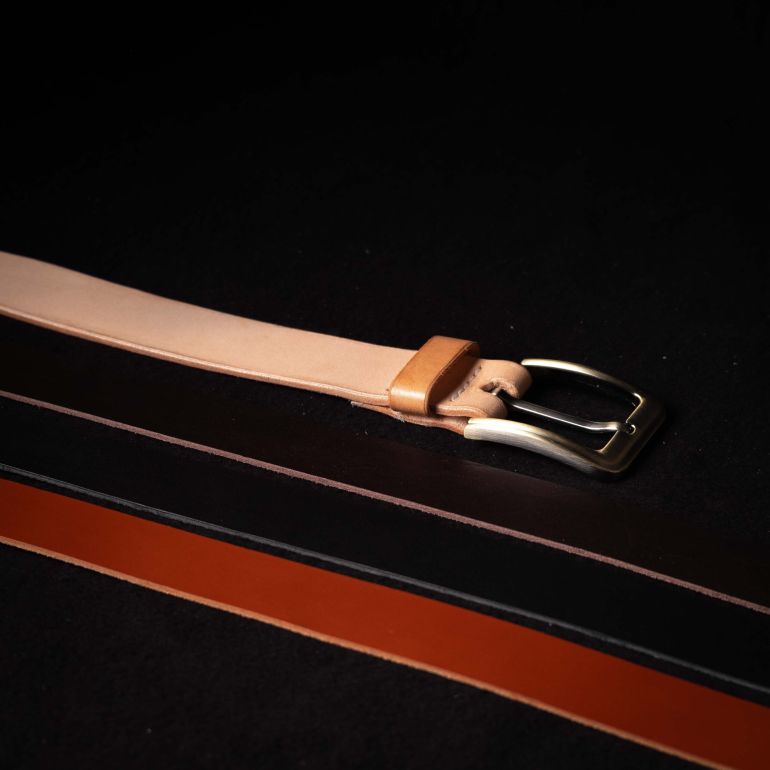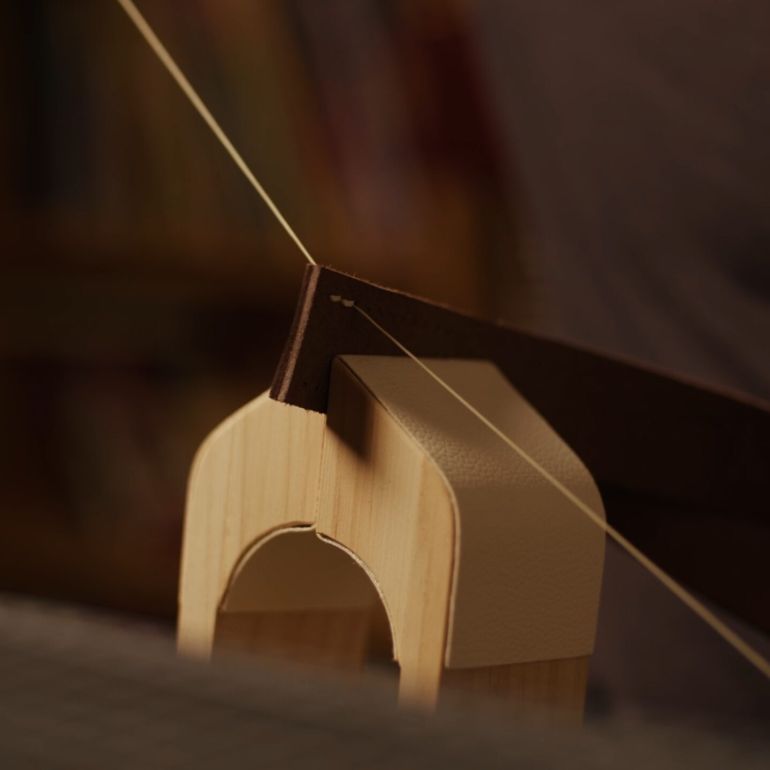
Hand-Stitching vs. Machine Stitching: Which is Better?
Introduction
When it comes to crafting leather goods, the method of stitching plays a crucial role in durability, aesthetics, and overall quality. Both hand-stitching and machine stitching have their place in leathercraft, but understanding their differences helps in selecting the right method for specific products.
In this article, we will explore the advantages and disadvantages of each technique and determine which is best suited for different types of leather goods.
1. What is Hand-Stitching?
Hand-stitching involves manually sewing leather using a needle, thread, and often a saddle-stitch technique. This method requires precision and skill but results in a strong and durable seam.
Advantages of Hand-Stitching
- Durability – Saddle stitches are made with two threads, ensuring that if one thread breaks, the entire seam doesn’t unravel.
- Strength – The use of thick, waxed thread and careful stitching provides superior reinforcement.
- Aesthetic Appeal – Hand-stitched products have a distinctive, artisanal look that enhances the beauty of leather goods.
- Customizability – Offers more flexibility in choosing thread colors, stitch patterns, and seam thickness.
Disadvantages of Hand-Stitching
- Time-Consuming – Hand-stitching requires more time and effort than machine stitching.
- Higher Cost – Due to labor intensity, hand-stitched leather products tend to be more expensive.
2. What is Machine Stitching?
Machine stitching uses a sewing machine to stitch leather efficiently. This method is widely used for mass production and allows for faster manufacturing.
Advantages of Machine Stitching
- Speed and Efficiency – Significantly reduces production time, making it ideal for large-scale manufacturing.
- Consistency – Ensures uniform stitches, providing a neat and professional appearance.
- Lower Cost – Less labor-intensive, making machine-stitched products more affordable.
Disadvantages of Machine Stitching
- Weaker Seams – Uses a single-thread lockstitch, meaning if one thread breaks, the entire seam may unravel.
- Limited Customization – Machines have restrictions on thread thickness and stitch patterns.
- Less Durable Over Time – Machine stitching can loosen under heavy stress, making it less ideal for high-stress leather goods like weightlifting belts.
3. When to Choose Hand-Stitching vs. Machine Stitching
The choice between hand-stitching and machine stitching depends on the type of leather product and its intended use.
Best for Hand-Stitching
- High-end leather accessories (wallets, belts, custom bags)
- Weightlifting gear that requires maximum durability
- Small-batch and custom-made leather products
- Restoration or repair of premium leather goods
Best for Machine Stitching
- Large-scale production of wallets, belts, and bags
- Fashion items where speed and uniformity are priorities
- Lightweight leather goods that don’t endure heavy stress
- Products where cost-effectiveness is a key concern
Conclusion: Which is Better?
Both hand-stitching and machine stitching have their place in leathercraft, and the choice ultimately depends on the purpose of the product. Hand-stitching offers superior durability, craftsmanship, and an artisanal touch, making it the preferred choice for high-quality and long-lasting leather goods. On the other hand, machine stitching is ideal for fast, efficient production at a lower cost.
If you value craftsmanship and longevity, investing in hand-stitched leather goods is worth it. However, for everyday items where cost and production speed are priorities, machine-stitched products can be a suitable alternative.
Looking for premium hand-stitched leather goods? Explore our collection to experience the artistry and durability of handcrafted leather products.



